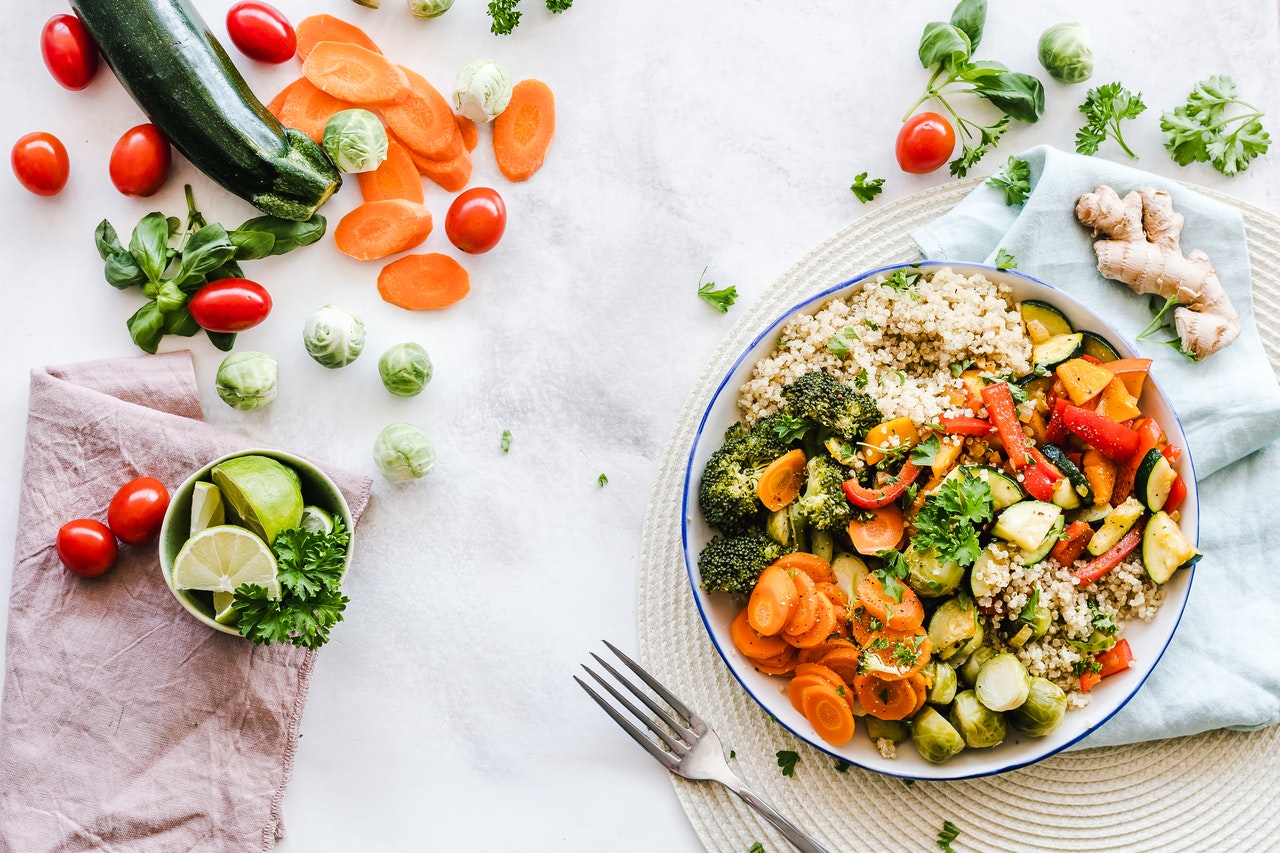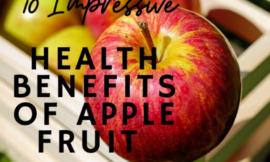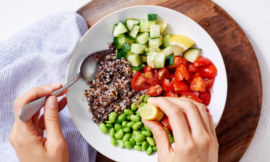Vegetables are well-known for being good for your health. Most vegetables are low in calories but high in vitamins, minerals and fiber. From leafy greens to cruciferous veggies, produce is a little gift from nature to us humans. Filled with crucial immune-boosting antioxidants, fiber, vitamins and minerals, they’re the “real deal” that can make a big impact on your health. They contain lots of water, vegetables are also essential for hydration and digestion while also providing fuel for your body’s beneficial bacteria to survive and thrive. So for the healthiest diet we should include the super veggies.Let find out which veggies you should include in your diet plan.
Spinach
This leafy green tops the chart as one of the healthiest vegetables, thanks to its impressive nutrient profile. This green has healthy amounts of vitamins C, A, and K as well as manganese. Working 1.5 cups of green, leafy vegetables into your day may lower your odds of getting type 2 diabetes. And helps boost and enhance our immune system. Spinach also boasts a great deal of antioxidants, which can help reduce the risk of chronic disease, so add this leafy green to your diet on the regular.
Carrots
Carrots are full of vitamin A which helps with vision — especially at night. Enjoy these root veggies raw, in salads or blended in smoothies.They contain beta-carotene, an antioxidant that gives carrots their vibrant orange color and could help in cancer prevention.
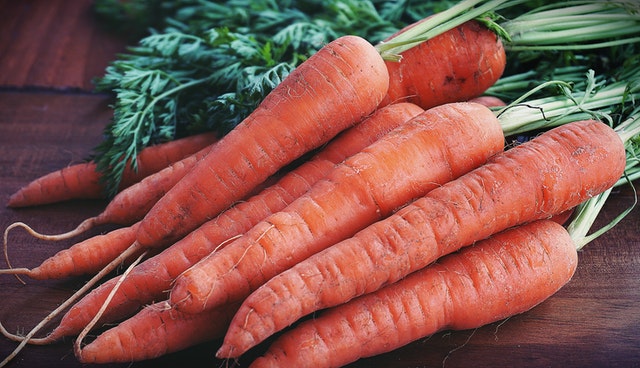
Beet Greens
Beet roots’ edible leafy tops are brimming with vitamin K, which is linked to a lower chance of getting type 2 diabetes. One cup raw provides nearly twice your daily requirement.
Swiss Chard
Two main varieties of Swiss chard are found on store shelves: one with multicolored stems and veins, often called rainbow chard, and another with white stems and veins. Both are great sources of lutein and zeaxanthin, an antioxidant duo that’s good for your eyes. At only 7 calories a cup for raw chard, the green giant is waistline-friendly, too.
Collard Greens
This Southern favorite contains a wealth of nutritional goodness, including notable amounts of vitamins K and C, folate, and beta-carotene. To boost your daily nutrition, aim to eat about 2 cups of dark, leafy greens like collards every day. Two cups of raw greens is equal to 1 cup of vegetables, and 2.5 cups is recommended daily for a 2000-calorie diet.
Asparagus
With an earthy-sweet flavor, the stalks contain few calories but lots of fiber and micronutrients such as folate, vitamin C, vitamin A, and vitamin K. Research suggests that this B vitamin is an ally in the battle against high blood pressure.
Broccoli
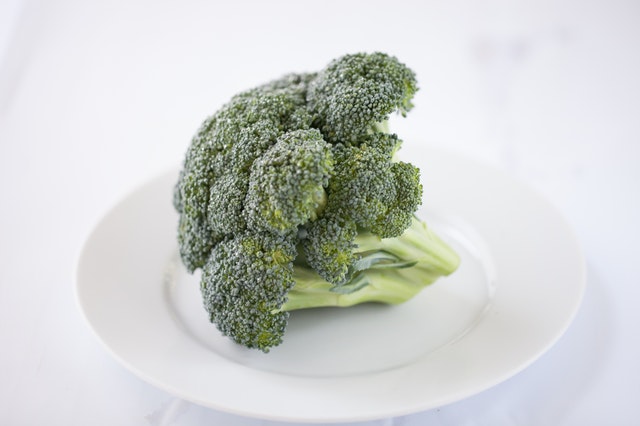
Broccoli is one of nature’s rock stars. It’s a top source of natural plant chemicals shown to help lower the risk of some cancers. Each cup of the florets also gives you plenty of vitamins C and K. Eat it raw or steamed versus boiled to reap a bigger nutritional bonus.
Mushrooms
Mushrooms can help with cognition, heart health, and disease prevention. Swap ’em in as a replacement for meat and positively affect body weight and overall health.
Turnips
This root vegetable is rich in fiber and micro nutrients including calcium, phosphorus, and potassium. Not only are turnips relatively inexpensive, but their neutral taste makes them easy to add to a big variety of recipes.
Kale
Like other leafy greens, kale is well-known for its health-promoting qualities, including its nutrient density and antioxidant content.A cup of raw kale contains plenty of B vitamins, potassium, calcium and copper. It also fulfills your entire daily requirement for vitamins A, C and K. Due to its high amount of antioxidants, kale may also be beneficial in promoting heart health.
Sweet Potato
Classified as a root vegetable, Sweet Potato stand out for their vibrant orange color, sweet taste and impressive health benefits. It is best source of beta-carotene, which is an antioxidant that converts into vitamin A. This complex carbohydrate may seem too good to be true,Beta-carotene consumption has been linked to a significant decrease in the risk of certain types of cancer, including lung and breast cancer.
Cauliflower
If you haven’t already gotten in on the cauliflower craze, it’s not too late to join. Swapping spuds for cauliflower is an easy way to sneak in extra vitamin C, potassium, and plant-based omega-3’s to your meal. Cauliflower boasts tons of nutritional benefits. It helps fight early cancerous changes in a cell, it decreases inflammation, it reduces the risk of brain disorders, it helps balance hormones by regulating estrogen levels, and it provides high levels of vitamins and minerals.
Green Beans
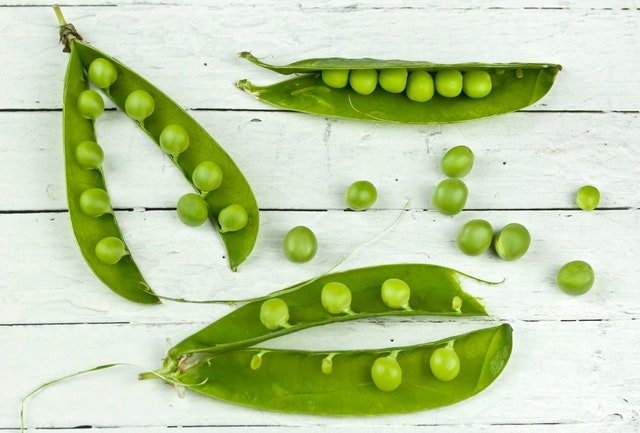
Green peas are considered a starchy vegetable. This means they have a higher amount of carbs and calories than non-starchy vegetables and may impact blood sugar levels when eaten in large amounts. Peas are a good source of vitamin A, vitamin C, vitamin K, and fiber. Buy ’em raw or canned for sides and salads.
Micro greens
Great things come in small packages. The baby versions of radishes, cabbages, kale, and broccoli can be higher in nutrients like vitamins C and E than the regular, mature plants. They range in flavors from peppery to tangy.


